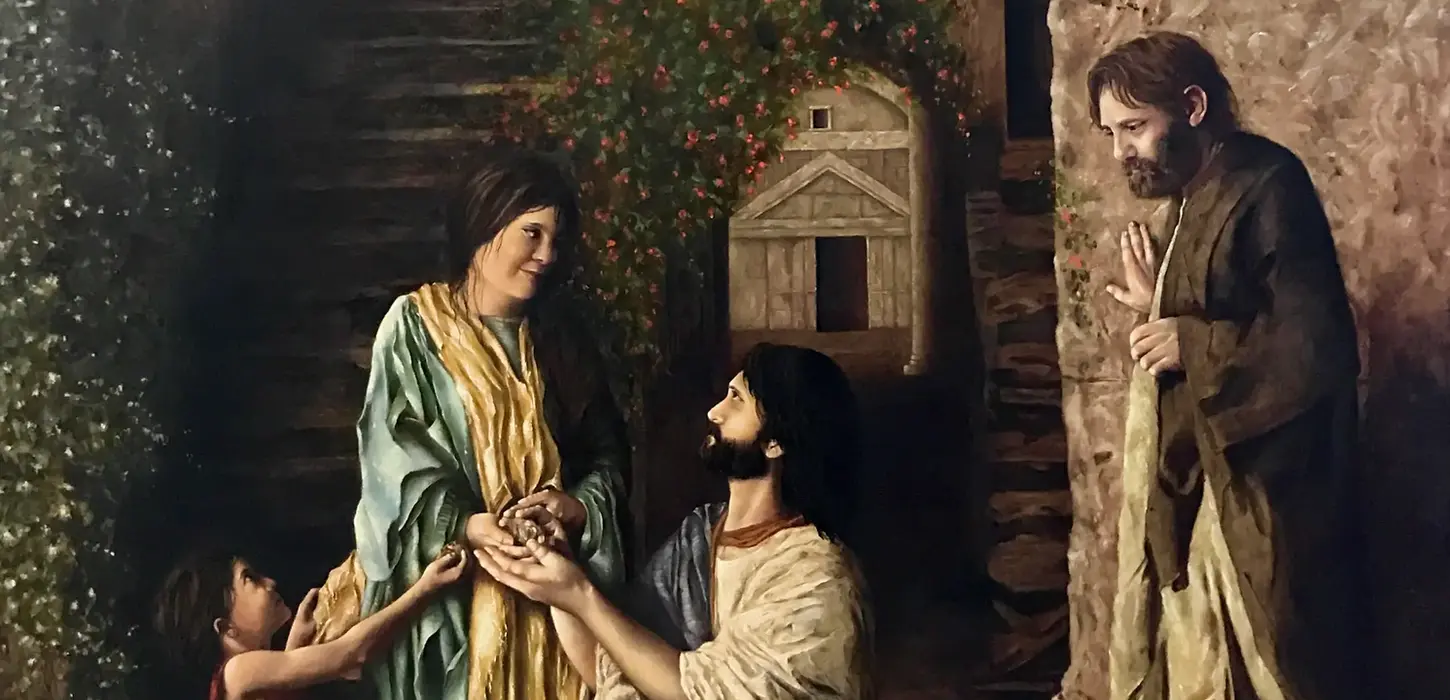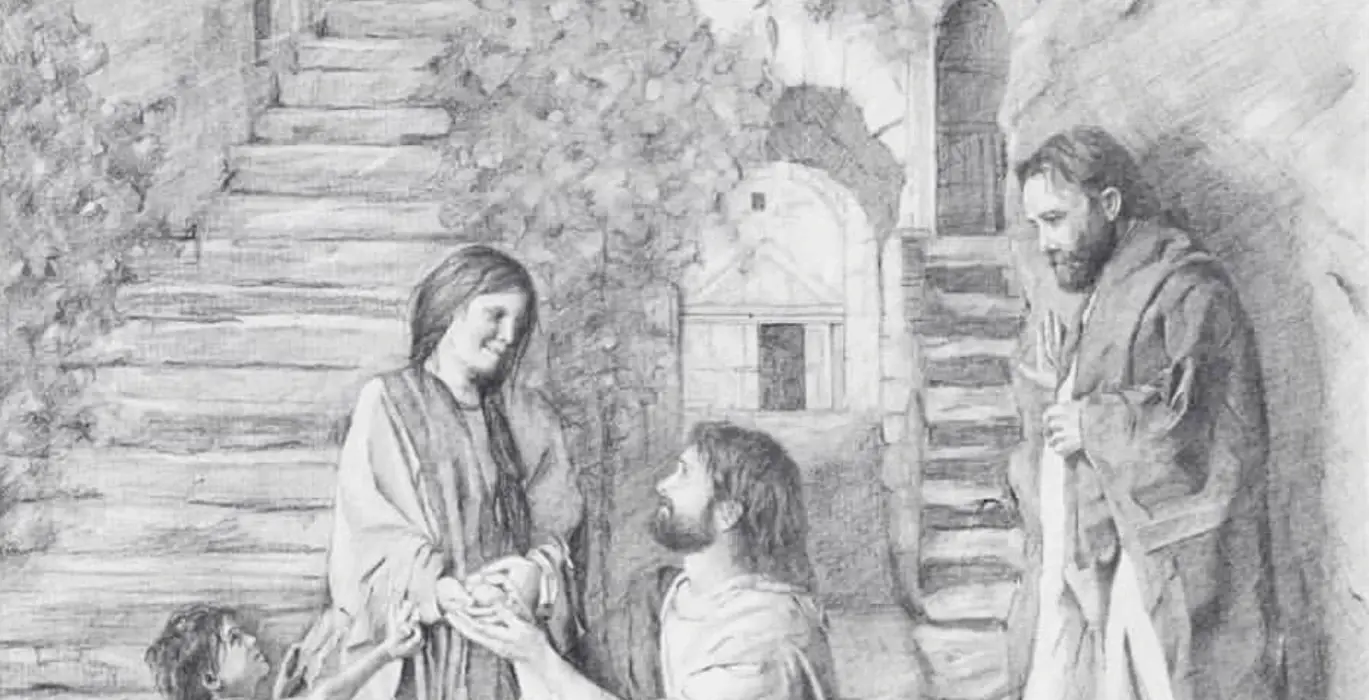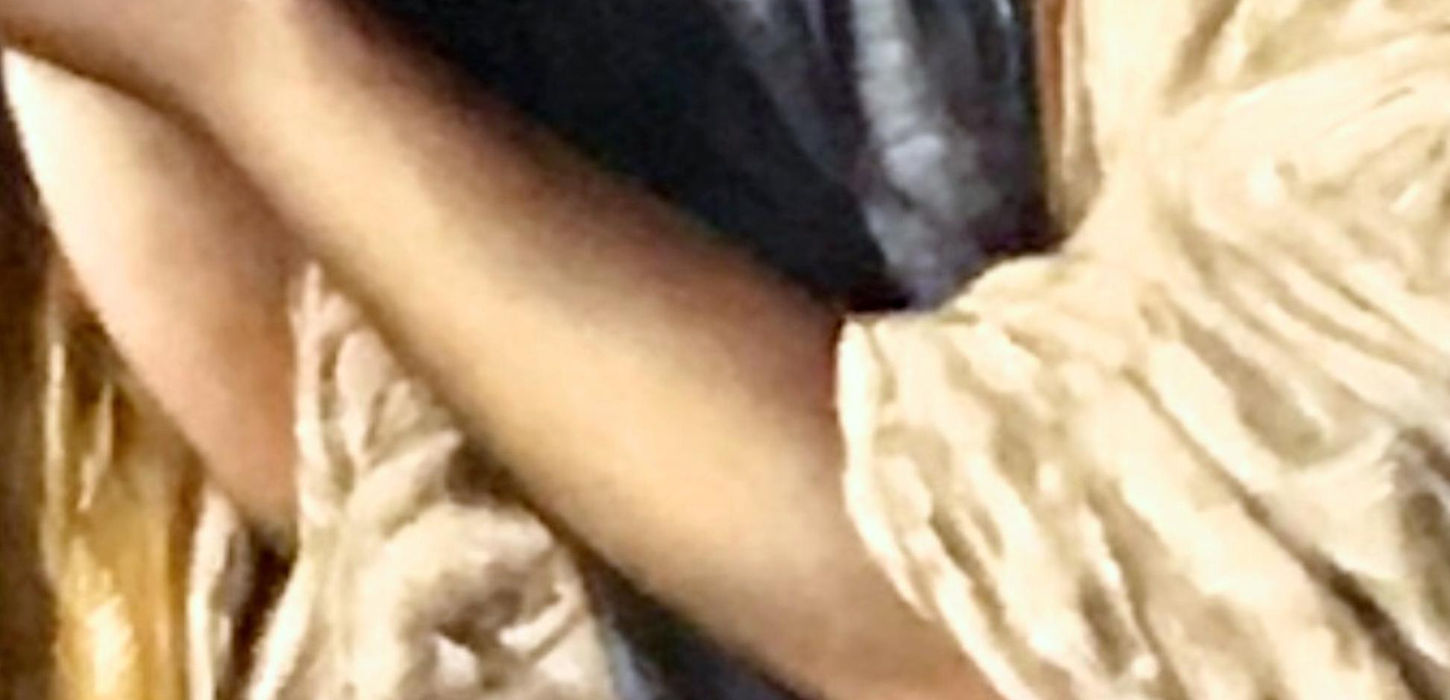
My Techniques


Jenny Elizabeth creates fine art in classical and realism styles using a variety of mediums. She is known for her oil paintings created using techniques from the Flemish and Venetian methods. She also does drawings and illustrations in charcoal, graphite, and pen and ink and creates ceramic sculptures.
Drawing
Graphite & Charcoal
Graphite and charcoal are both carbon-based mediums that are quite versatile. Graphite produces shades of gray with a metallic, reflective finish. It can create fine lines so it's great for detailed work. Charcoal is black with a matte finish and is great for expressive and dramatic work.
Both graphite and charcoal can create a wide range of tones and allow for blending, smudging, and layering. Both can be removed with an eraser (graphite more easily), which let's you create highlights.
These traits make graphite and charcoal great for producing chiaroscuro - the use of light and dark to create strong contrasts that help define a three-dimensional form - as can be seen in my Figure Studies. (Chiaroscuro is also a defining characteristic of the Flemish and Venetian methods of oil painting.)
Pen & Ink
Drawing with pens requires a different approach. Pens can produce different line weights by adjusting the amount of pressure. A three dimensional object is expressed by the shape of the line, hatching, cross hatching, and stippling.
For my pen and ink illustrations, I use permanent archival ink (which resists fading.)

Drawing with raw charcoal

Cory, graphite & charcoal on paper
Rest, graphite on paper
Drawing with pen
Painting
In the studio
Plein air painting in Scotland
Dignity, oil painting
House of Glenmuick, oil painting
Flemish & Venetian Oil Painting
The Flemish and Venetian methods of oil painting are complex and time consuming but produce vibrant, detailed artwork. For Jenny's more detailed oil paintings, she uses a combination of the Flemish and Venetian methods, which she refers to as the “Flemetian” oil painting method. Click the link below to learn about these oil painting methods.
Alla Prima Oil Painting
Alla Prima, which started during the Italian Renaissance, is a technique that allows for spontaneous creations and accelerated painting times. The term means ‘wet-on-wet' because you use wet paint and it does not need to dry before applying another layer. This technique allows for a painting to be completed in a single session. Because this method lacks the benefits of the different layers used in the Venetian and Flemish methods, Alla Prima relies on effective color mixing.
Plein Air
Alla Prima was made popular again in the nineteenth century when En plein air painting began. Plein air means 'open air' and is done outdoors. Whereas the Flemish and Venetian method require extensive planning, this method allows for spontaneity.
The "Flemetian" Method of Oil Painting
1. Panel
Using rabbit skin glue or Beva gel, I glue and size Belgian fine portrait linen on Dibond, (two aluminum sheets with polyethylene core). This is archival and, like the Flemish wood panels, provides a rigid support so it prevents the cracking and damage often seen in stretched canvas due to movement.
2. Gesso
I then prime/gesso the canvas with three layers of lead white oil paint. I get a smooth surface by using a credit card to embed the paint into the fibers.
Each layer of gesso needs to dry for a week before adding the next.. After the last layer is completely dry, I wet-sand the canvas to remove any bumps and make sure it is completely smooth. For this, I use a very fine sandpaper and a face mask. (It's important to not breathe it in because it's lead paint.)
A graphite drawing of the painting, Dignity

Starting the grisaille underpainting
Stages of grisaille underpainting
3. Imprimatura
I then scrub a transparent layer of reddish-brown over the entire canvas, which reduces glare and helps set the tone for a unified color harmony throughout the colors painted on top of it.
4. Drawing & Grisaille
After I transfer the drawing onto the canvas, I begin the grisaille (gray scale) underpainting. I leave the imprimatura in the shadows and only do the gray scale in the half tones and highlights. There are usually two to three grisaille layers. Also, much like the Venetians did, I rework the composition and drawing at this stage.
5. Tone
After two to three weeks, the grisaille is finally completely dry. I scrub a transparent reddish-brown tonal layer over the gray layer. This creates optical grays in the color layers. ("Optical grays” are the cool, pearly tones you get when you scumble a light color over a darker ground.)
6. Overpainting
I then begin to use glazes, semi-glazes, scumbles, and finally opaque highlights. I wipe a thin wash of linseed oil over each dried layer so as to add fluidity when the color is painted on with soft hair brushes.
Each layer needs to be completely dry before the next layer is added, and there can be 10 to 30 layers of paint on one of my paintings.
At this stage I do more reworking of the composition, such as by adding and taking away paint.
Because I can become bored easily, I don’t like to do the highly finished drawing and composition that the Flemish painters did. Instead, I will figure out most of the composition and include plenty of time to puzzle things out during the painting process.
7. Varnishing
I live in a dry and hot climate, so I usually leave the painting to dry for 6 months. Then, I use an archival and reversible varnish to bring out all the layers of colors and protect the painting.
8. Framing
I make all of my frames from scratch, often incorporating the painting out onto the frame itself. I will sculpt onto the frame to add more dimension and meaning to the whole.
Shining highlights & deep shadows
Complex layers for realistic skin

Vibrant and luminous colors
Making a frame 3-dimensional























